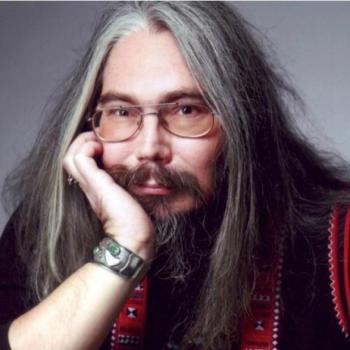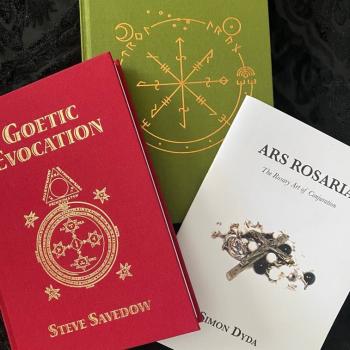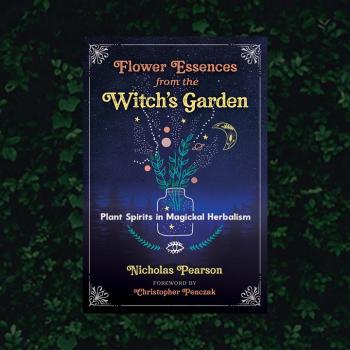
Thomas Hatsis is an historian of witchcraft, magic, Western Religions, enthroned, and medieval pharmacopeia.
This book is a well-researched academic pursuit of the “witches’ ointment” or Unquentum Sabbati. Hats is sought to fill a gap in academic occult literature where he found little information on the use of entheogens during the medieval period. Much of the information available was written by the clergy and other inquisitors of the time. They left out any actual documentation for the use of entheogens, and focused on the diabolical aspects of the witches’ practice. Hats is with his background in medieval pharmacopeia was able to glean information from multiple sources, including Giambatista della Porta and Mattetucia. He brings together the religious, medical and criminal usage of these plants.
The majority of the text is supported with anthologies from well-known Poisoner’s, occultists, and those accused of witchcraft. The author also notes the importance of finding information on the use of these ointments prior to 1430 and their attachment to demonic witchcraft. Prior to the 1400s these ointments were widely used in medicine, folk remedies, and folk charms. These examples prior to the connection with disbolism provide more unbiased examples of how these ointments were used and understood.
This is a great book for those who are interested in the historical background of western entheogens in medieval Europe. There is mention of the effects, as some of the anthologies relate the person’s visionary experiences while in trance or soporatum. And likewise the author also mentions a few medieval recipes for flying formulas, analyzing and explaining each ingredient. As far as any great detail on dosage and practical use, there is much to go on for the beginning practitioner. This collection of anthologies serves as a more cohesive background from both an academic and religious perspective.
By Coby Michael
12/09/2015
















